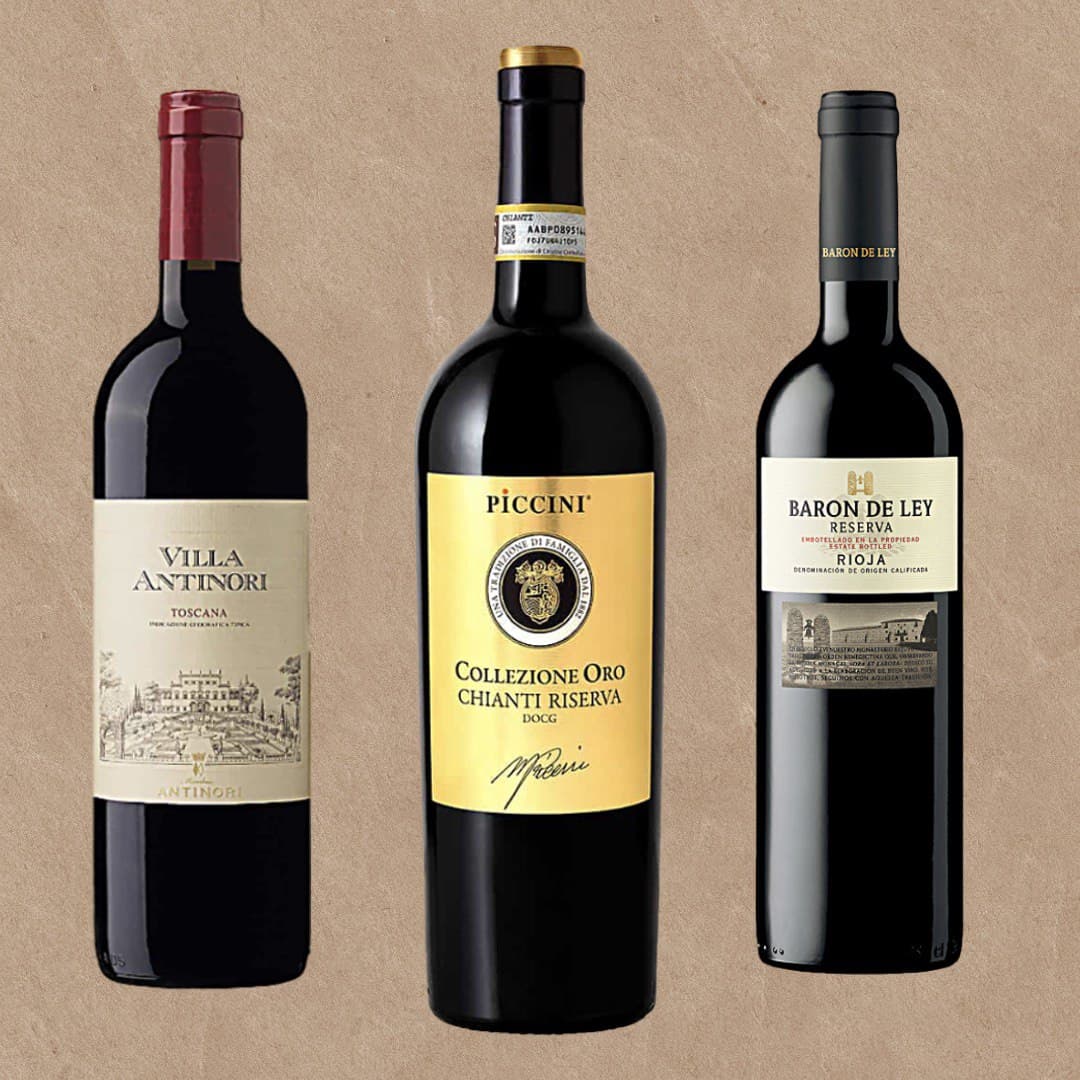In the world of oenophiles, the quest for low-sugar wines is gaining momentum. Among the myriad of options, Italian wines often emerge as a tantalizing choice. But do they truly possess the coveted trait of lower sugar content? Let’s uncork the bottle and delve into the nuances.
Exploring the Vinicultural Landscape of Italy
Italy, renowned for its rich history, cultural heritage, and, of course, its exceptional wines, boasts a diverse vinicultural landscape. From the sun-kissed vineyards of Tuscany to the picturesque hillsides of Piedmont, each region contributes its unique terroir and grape varietals to the tapestry of Italian winemaking.
The Role of Grape Varietals
Grape varietals play a pivotal role in determining the sugar content of wines. While some grape varieties naturally contain higher levels of sugars, others lean towards a more restrained sweetness profile. Italian wine grapes encompass a wide spectrum, ranging from the lusciously sweet Muscat to the robustly tannic Nebbiolo.
Terroir: Nature’s Influence on Sugar Levels
Terroir, the combination of soil, climate, and geography, exerts a profound influence on grape development and, consequently, sugar levels. Italian wine regions benefit from diverse terroirs, which contribute to the complexity and character of their wines. Cooler climates tend to yield grapes with higher acidity and lower sugar levels, resulting in wines that are more crisp and refreshing.
Winemaking Techniques: Striking the Balance
Winemaking techniques also play a crucial role in determining the sugar content of Italian wines. From fermentation to aging, each step is carefully orchestrated to achieve the desired flavor profile. While some winemakers opt for traditional methods that preserve the natural sugars of the grapes, others employ modern techniques to control fermentation and achieve specific sweetness levels.
Navigating the World of Italian Wines: Finding the Perfect Pour
For those seeking lower sugar options, exploring the world of Italian wines can be a rewarding endeavor. Varietals such as Sangiovese, Barbera, and Vermentino are known for their vibrant flavors and moderate sugar content. Additionally, seeking out wines labeled as “dry” or “brut” can provide assurance of a lower residual sugar content.
In conclusion,
while Italian wines encompass a broad spectrum of flavors and styles, they do offer options for those mindful of sugar intake. By understanding the interplay of grape varietals, terroir, and winemaking techniques, enthusiasts can embark on a journey of discovery, savoring the essence of Italian terroir with every sip. So, whether it’s a crisp Pinot Grigio or a robust Chianti, raise your glass and toast to the sweet complexities of Italian winemaking. Salute!
All Italian Wines in Saghi:
- £10.99
- £13.99
- £42.99
- £11.99
- £27.99
- £26.99









































































